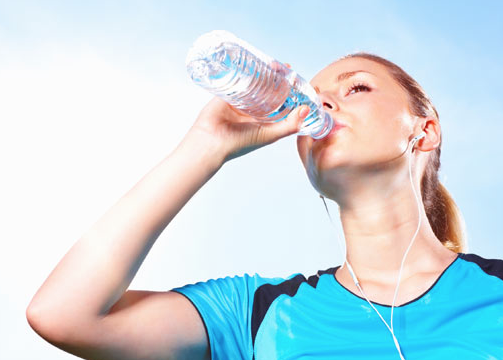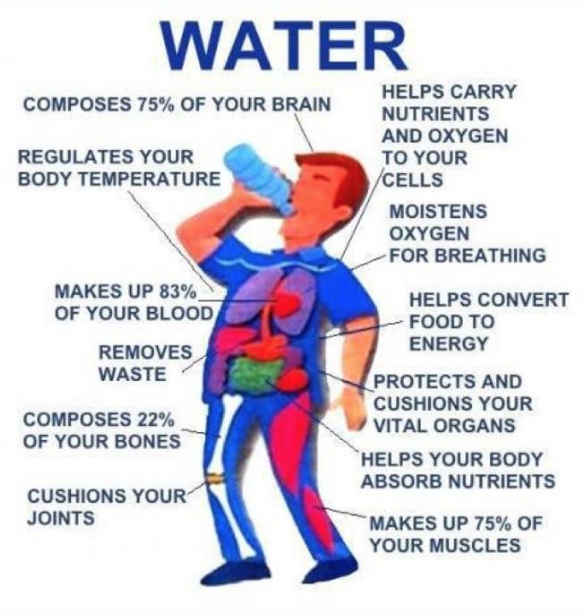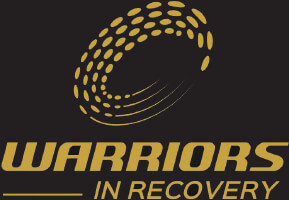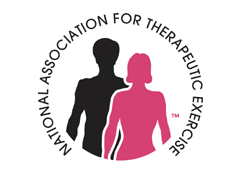Looking for the most advance technology to improve your sports performance? Then take a look in a mirror. You already own it…it’s called your body.

One of the best advertising slogans I have ever heard of is the Vibram’s Five Finger shoes slogan “You are the Technology”. These words are so true. No need for custom orthotics or the latest greatest shock absorbing athletic shoes. Let your feet do the job they were designed to do. For that matter, let your entire body do the job it was designed to do.
All joints are interrelated and if you take away or modify any vital function from one area in your body (like the collapsing of the arch when you walk or run) by using things like orthotic supports or super shock absorbing foot wear, then you are most likely interfering with the way your body is designed to work.

We have more than 200 joints in our body and to flex or extend each of them would create 2200 different types of movement. And every one of them is important and has a purpose. Yes, it all goes back to the old “foot bone is connected to the leg bone” concept and how all “Dem Bones” (and muscles, ligaments and joints) are connected.
Your brain is going to get the task of walking accomplished one way or another. It is going to get from Point A to Point B the most efficient way possible (using the least amount of energy). Even before any movement takes place, your brain is already involved in the movement decision making process. It has addressed questions like “What do my surroundings look like around me? What’s my target? What’s the task needed? How do I accomplish this task? How does this look and feel? Did you know that it takes only a tenth of a second for our brains to process everything we see?
NEWSFLASH: According to the US Bureau of Labor Statistics, Musculoskeletal Disorders (MSD’s) are one of the primary reasons why people miss work. Almost 1/3 of all private industry workers who took time off in 2015 did so because of injuries like strains and sprains. US Bureau of Labor Statistics
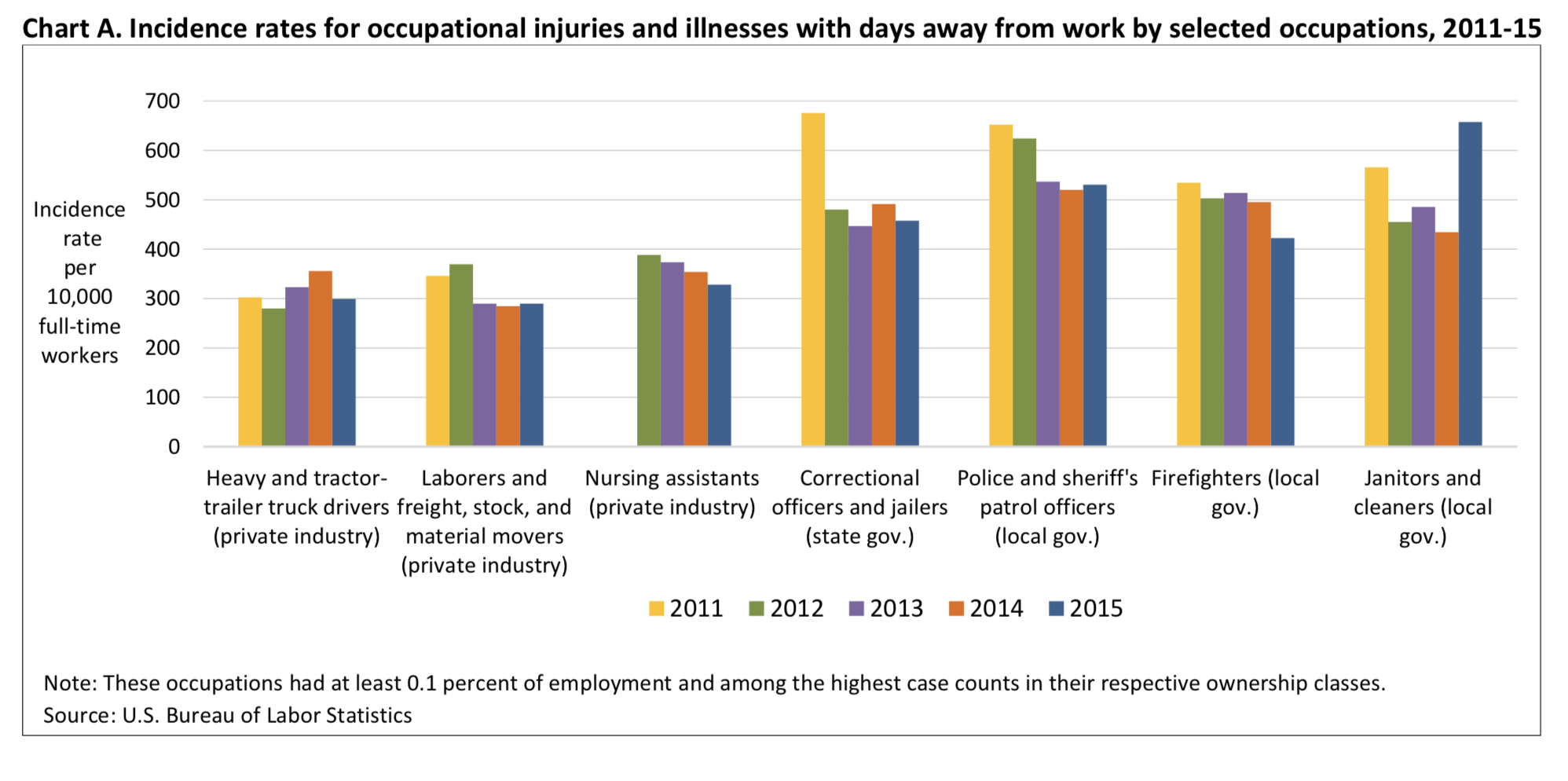
A simple act like taking a step involves a series of muscle contractions that involve agonists, antagonists and synergists. Muscles move your bones and the bones are the levers that are required for propulsion in movement.
In taking a step…your arch flattens, your Tibia internally rotates, your knee flexes, and your femur internally rotates as your hip flexes (as well as a lot of other movements too). After your foot is planted, then muscles start contracting to cause the opposite process to happen. Our bodies are able to walk or run forward by using the elastic energy stored from this flexing process to propel your leg to move you forward. While this is happening on one side of your body, the opposite processes is occurring with the other leg as you walk or run to move that one…wow!!!
So, when you think about how orthotics and shock absorbing shoes can affect the movement of the collapsing of the arch in walking or running, then it’s easy to understand how these things might disrupt your body’s natural technology and cause dysfunctional patterns to develop over time. Your body has to make up any loss of motion in one part caused by some sort of restriction somewhere else in your body. All muscles and joints in our bodies serve an important purpose. It’s not like you have a few ‘extra parts’ in your body that you don’t really need like that scene in Doc Hollywood after the mechanics fix Fox’s sports car.

Although it might “feel” good to use these items when your feet ache, you should not come to depend on them all of the time. If you do, then you’ll soon notice that you’ll start to have stiffness, aches and/or discomfort in some other areas. Just remember….motion is lotion in our bodies. You need to use it or you will lose it. Which reminds of another movie scene. The one from Entrapment with Catherine Zeta-Jones where she navigates her way through the lasers blindfolded. This scene reminds you of how truly amazing our brains and bodies are!

Cheers, Drock
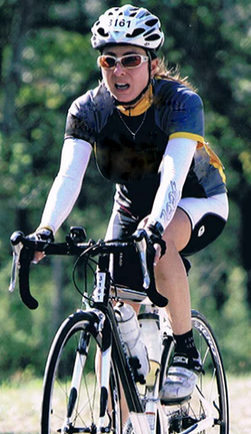
Want to learn more about improving your functional movement and sports performance? Then follow Dianne on her blog https://dtasmblog.wordpress.com
Dianne Rockefeller is a Athletic Performance Therapist, Licensed Massage Therapist, Certified Muscle Activation Specialist, MAT Certified Jumpstart Trainer, National Academy of Sports Medicine – Certified Personal Trainer, Certified Orthopedic Manual Therapist, Certified Myoskeletal Therapist, Certified Kinesio Taping Practitioner, and Certified Cupping Therapist. She treats athletes of all levels, from youth to professional, ALL sports. She brings a very unique perspective to manual therapy utilizing her experience with motion analysis and sport. Her blend of advanced integrated skills along with practical and rehabilitation experience deliver exceptional results. Dianne is a self-proclaimed scholar of “Applied Sports Performance Therapies”. Contact Dianne at drock@dtasm.com or 210-973-4848.
